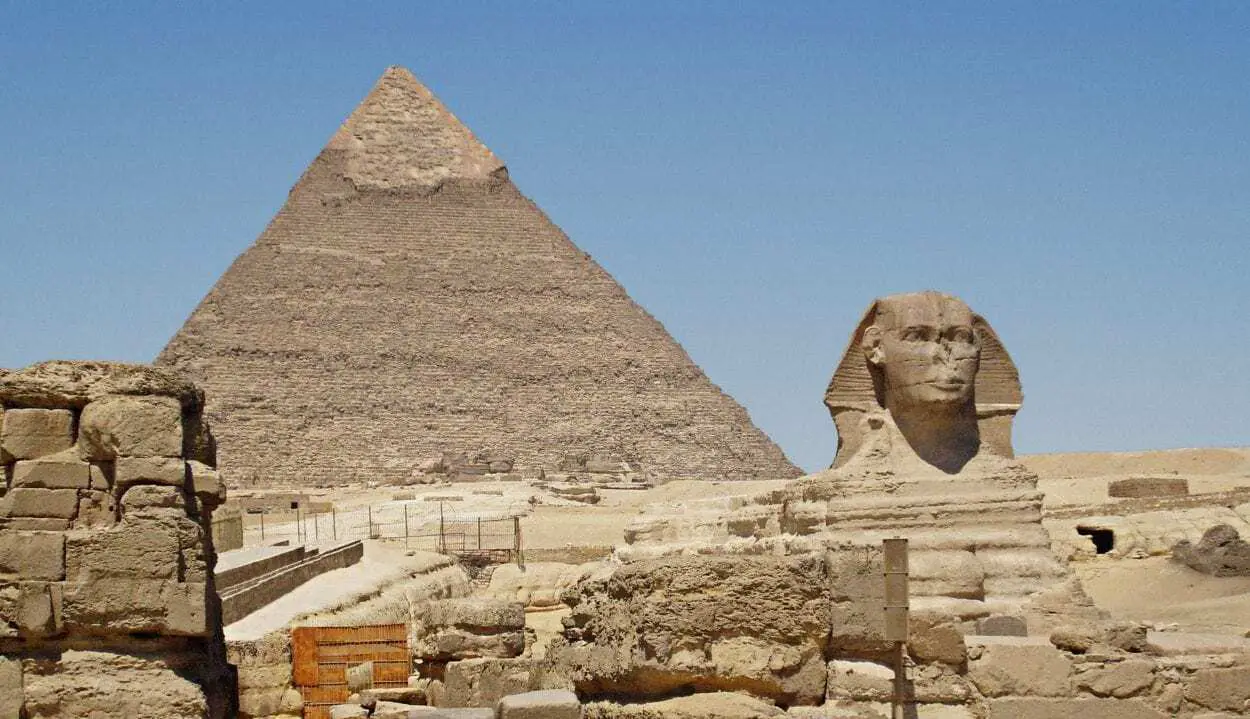Jarnhamar
Army.ca Myth
- Reaction score
- 7,066
- Points
- 1,160
Interesting (or entertaining) documentary on the theory of an ancient advanced civilization.
First and foremost this show seems to be really pissing off archeologists. The author himself is clearly biased against archeologists and routinely trash-talks them during the episodes. Still, they're making quite a fuss about it. They're so upset they penned a letter to Nexflix asking them to reclassify the show as fiction. One article suggests it's the most dangerous show on netflix. "Why has this been allowed"
As with a lot of conspiracy stuff, a lot of his content seems to make sense. Or at least he does a good job of selling it. In particular, he points out questions in the idea that human hunter-gathers fresh out of the ice age decided to all of a sudden build these giant megalithic sites like Gobekli Tepe and all of a sudden take-up agriculture. One of the stone pillars in Gobekli Tepe being carved with symbols aligning with astronomical signs/positions of the stars dated 1000 years prior to a cataclysmic event was neat too.
There are interesting examples of multiple out-of-contact civilizations all with stories of ancient apocalypse-type events where someone comes from the sea to teach them laws, ethics, and how to live well. The way things keep circling back to the apocalypse type event from around 12,000 years ago is interesting as well.
First and foremost this show seems to be really pissing off archeologists. The author himself is clearly biased against archeologists and routinely trash-talks them during the episodes. Still, they're making quite a fuss about it. They're so upset they penned a letter to Nexflix asking them to reclassify the show as fiction. One article suggests it's the most dangerous show on netflix. "Why has this been allowed"
As with a lot of conspiracy stuff, a lot of his content seems to make sense. Or at least he does a good job of selling it. In particular, he points out questions in the idea that human hunter-gathers fresh out of the ice age decided to all of a sudden build these giant megalithic sites like Gobekli Tepe and all of a sudden take-up agriculture. One of the stone pillars in Gobekli Tepe being carved with symbols aligning with astronomical signs/positions of the stars dated 1000 years prior to a cataclysmic event was neat too.
There are interesting examples of multiple out-of-contact civilizations all with stories of ancient apocalypse-type events where someone comes from the sea to teach them laws, ethics, and how to live well. The way things keep circling back to the apocalypse type event from around 12,000 years ago is interesting as well.





